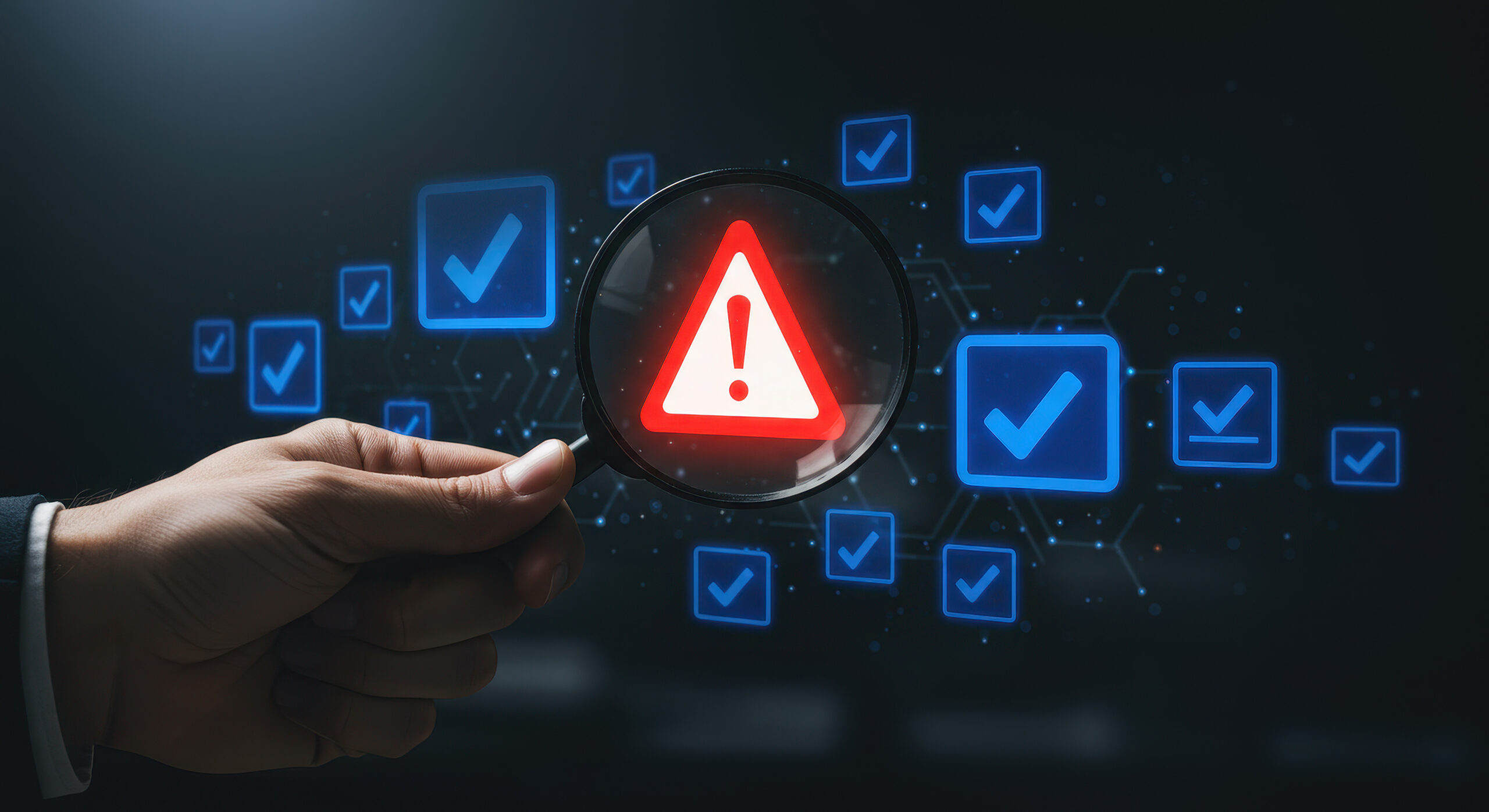In this article Cyberfort security experts discuss why threat modelling is a crucial strategic capability which enables organisations to proactively identify and mitigate cyber risks before they materialise. This capability when embedded within governance and aligned with the UK Government’s Secure by Design principles, becomes a repeatable, auditable, and measurable part of the security lifecycle supporting resilience, trust, and long-term value.
Understanding Threat Modelling and its importance to a Cyber Security strategy
At its core Threat Modelling is a structured process for identifying potential threats and vulnerabilities to a system, enabling teams to prioritise and implement mitigations before any thoughts of deployment are made. It is not a one-off audit but a repeatable, analytical exercise that integrates security into the design phase, ensuring that systems are ‘Secure by Design’.
Cyberfort understands that in today’s rapidly evolving digital landscape, organisations can no longer afford a reactive security posture. With expanding attack surfaces and increasingly sophisticated threats, businesses face the growing challenge of building resilience and trust into the core of their operations. Threat modelling offers a comprehensive and practical framework to achieve this goal, by providing a systematic process for identifying and addressing design flaws early.
To be effective, threat modelling must begin with a clear understanding of the organisation’s digital estate. Comprehensive asset discovery, covering applications, data, APIs, and infrastructure, is essential to minimising the attack surface and sourcing secure and supported technology products must be at the centre of any digital project. These secure approaches ensures that threat modelling is grounded in reality and supports informed decision-making.
A well-informed threat modelling process relies on a current and accurate understanding of the threat landscape. This begins with sourcing a threat assessment, to understand the current threats to the business and industry. This is a core activity within the risk driven approach. The outputs, probability and impact are used to generate a threat score, which should directly inform the Data Flow Diagram (DFD) and prioritisation during threat modelling workshops.
Scoping the threat modelling effort should be deliberate and focused. Starting with a manageable, business-critical system allows teams to iterate and build confidence. This supports making changes securely, ensuring that changes are incremental and security is considered early and consistently throughout the lifecycle.
Threat modelling must also integrate with broader security controls frameworks, so that identified threats lead to actionable controls. This reflects the principle to design usable security controls and, where necessary, prompts system redesign to defend in depth and design flexible architectures that can adapt to evolving threats.
Threat modelling outputs inform risk management, enhance SOC capabilities to build in detect and response security, guide architectural decisions, and strengthen third-party risk assessments. These insights also feed into business continuity and disaster recovery planning, helping organisations anticipate threats that could impact critical business functions. This cross-functional integration supports the principle to embed continuous assurance and ensures that security is not a one-time effort but a sustained end to end practice.
Governance – Embedding Threat Modelling
For threat modelling to be sustainable and effective strong governance must support it. This ensures the activity is not ad hoc, but a formalised part of the organisation’s security lifecycle, aligned with the principle to create responsibility for cyber security risk.
Integration with risk management and key service functions is another foundation of success. Since threat modelling is fundamentally a risk reduction exercise, it must be closely aligned with the business risk framework. This allows threats to be assessed, prioritised, and tracked effectively.
Organisations should update security policies to mandate threat modelling for all new systems, major changes, and high-risk projects. Minimum requirements should be defined for when and how threat modelling is conducted, with clear roles and responsibilities established. Integrating threat modelling into governance and project gates, such as design reviews and change control boards, ensures it becomes a required control, not an optional activity.
To build confidence and ensure quality, threat models should undergo peer review by experienced security professionals. Checklists and quality criteria help assess completeness and relevance, while periodic audits ensure models remain current. Aligning validation with internal audit and compliance reviews demonstrates due diligence and supports the principle to build in detect and respond security.
Finally, to support scalability and consistency, organisations should adopt structured and automated tools such as Microsoft’s Threat Modelling Tool or OWASP Threat Dragon. These platforms enable repeatable, auditable practices and align with Secure by Design’s call for robust, risk-driven security governance.
Threat Modelling and Shift Left Security
Modern cyber resilience demands that organisations move beyond reactive security and embrace a proactive, risk-based approach, one that identifies and mitigates vulnerabilities early in the development lifecycle. This is the essence of the Shift Left philosophy, and it aligns directly with several Secure by Design principles, including designing usable security controls, making changes securely, and embedding continuous assurance.
By shifting security left, organisations reduce the cost and complexity of remediation while improving the overall quality and resilience of their systems. This proactive posture supports the goal of creating responsibility for cyber security risk across teams, from developers and architects to business leaders and risk owners.
Threat modelling plays a central role in this strategy. By analysing systems during the design phase, organisations can identify potential threats and vulnerabilities before they are coded into production. This early intervention supports the principle to minimise the attack surface and ensures that security is built in from the start.
Integrating threat modelling with vulnerability management creates a powerful feedback loop. Threat models help prioritise which threats and vulnerabilities matter most, based on business impact and exploitability, allowing teams to focus on what truly needs fixing. This supports the principle to adopt a risk-driven approach, ensuring that resources are directed toward the most critical risks.
Moreover, when threat modelling is embedded into agile and DevOps workflows, it enables continuous validation of security assumptions. This aligns with the principle to build in detect and respond security, as teams can monitor for deviations and respond to emerging threats in real time. It also reinforces the importance of defending in depth, by ensuring that multiple layers of controls are considered and implemented from the outset.
Implementing Threat Modelling
Effective threat modelling begins with ensuring the right expertise is in place. Skilled threat modellers are essential to the success of any programme, and organisations should consider investing in certified threat modelling training or broader security architecture courses that include threat modelling components. Building internal capability or bringing in experienced threat modelling professionals.
Selecting the right threat modelling methodology is equally important. The framework should align with the organisation’s risk appetite, technical environment, and business goals. Popular methodologies include:
STRIDE-LM, which categorises threats into six types – Spoofing, Tampering, Repudiation, Information Disclosure, Denial of Service, Elevation of Privilege and Lateral Movement
PASTA (Process for Attack Simulation and Threat) offers a risk-centric approach that simulates attacks and aligns with business impact.
MITRE ATT&CK (Adversarial Tactics, Techniques, and Common Knowledge) provides a comprehensive, real-world knowledge base of adversary tactics and techniques, helping teams map threats to known behaviours and improve detection and response.
To scale threat modelling across multiple projects and teams, organisations should leverage automated tools such as Microsoft Threat Modelling Tool or OWASP Threat Dragon, these tools streamline the modelling process, improve consistency, and reduce manual effort, making it easier to embed threat modelling into agile and DevOps workflows and technologies like SIEM and continuous assurance platforms.
Senior leadership engagement is critical. Threat modelling must be embedded into governance structures and mandated as part of project lifecycle gates. Executive sponsorship ensures that threat modelling is prioritised, resourced, and aligned with strategic objectives.
Additionally, outputs from threat modelling should be actively consumed by operational teams such as the Security Operations Centre (SOC), which can use them to enhance threat detection and monitoring; Incident Management, which can develop response playbooks based on modelled scenarios; and Business Continuity and Resilience teams, which can ensure continuity plans address realistic threat vectors and create appropriate business continuity plans. This cross-functional integration ensures that threat modelling insights are actionable and drive improvements across detection, response, and recovery capabilities.
Why Use a Specialised Threat Modelling Consultancy?
As organisations weigh up the decision to implement threat modelling, one crucial consideration is whether to build the capability in-house or to engage a specialised consultancy like Cyberfort. While internal teams bring valuable domain knowledge, engaging a specialist consultancy offers several distinct advantages.
Specialised consultants bring deep expertise in both the technical and procedural aspects of threat modelling. They will have typically worked across various industries and methodologies, enabling a tailored approach to each client’s unique risk appetite and technical environment. This accelerates implementation and reduces the risk of error or oversight.
A specialist cyber security provider can also offer an objective perspective, which is essential when analysing complex systems. Internal teams may inadvertently overlook critical threats due to familiarity bias. Trained and experienced consultants will be able to conduct rigorous, unbiased assessments, identifying gaps that may otherwise go unnoticed.
Additionally, an experienced consultancy partner will be adept at integrating threat modelling into governance structures and development workflows (Shift Left), ensuring it becomes a sustainable practice, not a one-off project. They will provide the tools, templates, and training to build internal competency.
For many organisations, particularly those with limited security architecture expertise, this efficiency can mean the difference between a theoretical exercise and a practical, value-driven programme. At Cyberfort we can do more than guide implementation; we become a strategic partner in building a mature, proactive security posture.
Final Thoughts
Finally, threat modelling should be a continuous and integrated activity throughout the lifecycle of enterprise IT and digital projects. Security assurance must not be limited to initial design phases but should extend through development, deployment, and ongoing operations. By embedding threat modelling into each stage and enriching it with real-time threat intelligence, organisations can maintain alignment with the evolving threat landscape.
The return on investment from adopting threat modelling is multifaceted. It improves security outcomes, reduces remediation costs, enhances stakeholder confidence, and promotes operational discipline. It enables organisations to innovate with confidence, knowing that their systems are designed to be secure from the start.
Threat modelling should be viewed not as a technical checklist but as a strategic enabler. It supports business growth by providing a reliable framework for managing risk, protecting assets, and demonstrating trustworthiness. As organisations continue to evolve digitally, the importance of a proactive and adaptive security practice will only grow.
The journey begins with a commitment to building security in, not bolting it on. With a clear plan, engaged leadership, and the right expertise, threat modelling can become a powerful tool for long-term success and sustainability.
In a world where the threat landscape evolves daily, assuming your systems are secure is a strategic gamble. Threat modelling replaces assumption with analysis and hopefully, with evidence. It is the foundation of a truly resilient organisation, capable of building with confidence and facing future threats head-on.
For more information about Cyberfort Secure by Design consultancy services and how we can help your organisation to become secure, resilient and compliant contact us at [email protected].








